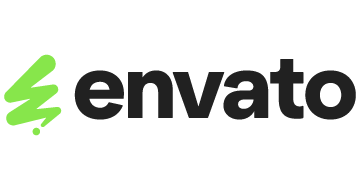
| Starting price | $16.50/mo |
|---|---|
| Free trial | No |
| Free version | No |
Below, you'll find the best content software and design tools for 2025. Whether you're a startup, a growing brand, or somewhere in between, you'll find a tool that suits your business.

| Starting price | $16.50/mo |
|---|---|
| Free trial | No |
| Free version | No |
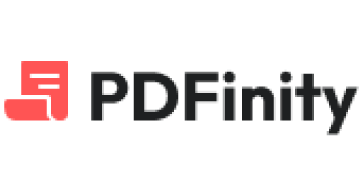
| Starting price | $2.10 |
|---|---|
| Free trial | 7-day trial |
| Free version | No |
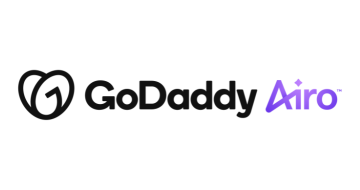
| Starting Price | $11.99/mo |
|---|---|
| Pricing Model | Per user bundled |
| Free Trial | No |
| Free Version | No |
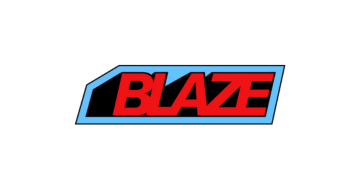
| Starting price | $34 |
|---|---|
| Free trial | Yes, 7-day |
| Free version | No |
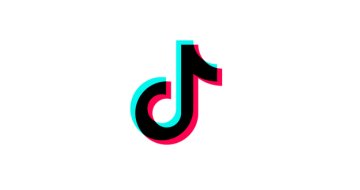
| Pricing Model | Performance-based |
|---|
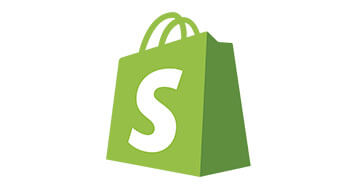
| Starting price | $29/mo |
|---|---|
| Pricing model | Per store |
| Free Trial | 3-day |
| Free Version | No |
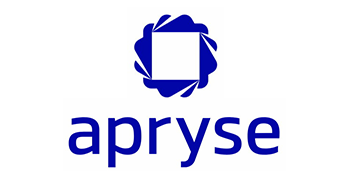
| Starting Price | Contact Sales |
|---|---|
| Free Version | No |
| Free Trial | No |
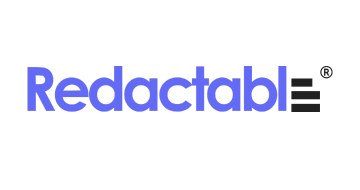
| Starting Price | $19/mo |
|---|---|
| Pricing Model | Per user |
| Free Trial | Yes |
| Free Version | No |
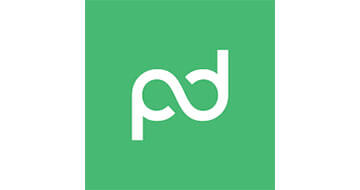
| Starting price | $15/mo |
|---|---|
| Pricing model | Per User |
| Free Trial | 14-day |
| Free Version | No |
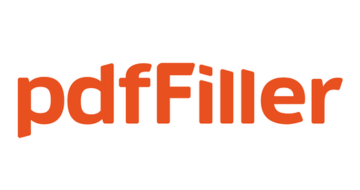
| Starting Price | $20/mo |
|---|---|
| Free Version | No |
| Free Trial | Yes |
Adobe Creative Cloud (formerly Adobe Suite) remains the industry standard for comprehensive content and design creation. It offers a suite of tools like Photoshop, Illustrator, InDesign, and Premiere Pro.
These tools give you everything you need to create stunning visuals, edit videos, and design like a pro.
| Pros | Cons |
|---|---|
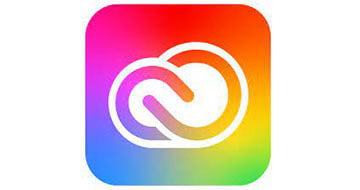
If you’re not a designer but still need to perform like one, Canva has got your back. It’s built with small businesses in mind. No steep learning curve, no fancy tools to decode. Just pick a template, drag, and drop, and you have a professional-level design in minutes.
Its affordable plans and ease of use make it the best design software for small business.
| Pros | Cons |
|---|---|
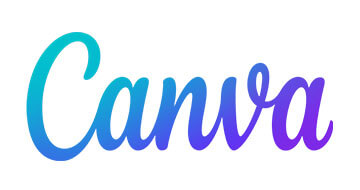
Content and design software refers to digital tools that help businesses create, manage, and optimize visual and written materials for marketing, branding, and communication. These tools help you build a strong brand identity, speak with a consistent voice, and keep your content looking sharp across every platform.
Content and design software include:
Content and design software streamlines the creative workflow from start to finish. It all begins with ideation. You’ll start brainstorming ideas, often with the help of built-in tools or AI features to spark your creativity.
After generating your content ideas, it’s time to create the content. You can either pick from pre-designed templates or dive right in and start from scratch. With drag-and-drop editors, easy media uploads, and content libraries, you can move quickly without getting bogged down in technical details.
Moreover, automation features like smart resizing, auto-save, and AI text suggestions take care of the repetitive tasks so you don’t have to. Most tools are cloud-based, hence, your team can collaborate anytime, anywhere.
When your content is ready, you can easily export it in various formats or publish it directly to social media, websites, or marketing platforms. This all-in-one workflow boosts productivity, ensures brand consistency, and supports seamless collaboration across departments.
Here are some of the key advantages of using content and design software:
With pre-made templates and drag-and-drop tools, teams can create and publish content in hours, not days. No more waiting on lengthy design turnarounds. Just quick, clean execution that keeps up with your content calendar.
Many platforms offer free or budget-friendly plans, perfect for small businesses that want high-quality visuals without draining the bank. You won’t have to hire external designers or editors.
Centralized brand kits and reusable templates ensure every piece of content aligns with your brand’s visual identity, no matter who creates it.
Cloud-based access and real-time editing features allow team members to co-create and provide feedback instantly, even when working remotely.
Why waste time resizing images or reformatting copy? Smart features like auto-resize, auto-save, and AI-powered content suggestions do all the work for you.
Here are some basic features that every good content and design software should have:
1. Drag-and-drop editors: This makes it easy for anyone to create polished graphics, documents, or web pages. You don’t need to code or understand complex design principles.
2. Template libraries: These ready-made designs offer a fast starting point, whether you’re creating social media posts, presentations, or brochures. Just tweak the text, swap out images, and you’re good to go.
3. Collaboration tools: These include shared workspaces, commenting features, and version control which help teams stay aligned.
4. Media asset storage: This helps your team organize brand logos, stock photos, and design elements in one place.
While the basics handle day-to-day needs, growing teams and high-stakes projects may require advanced features:
5. AI-powered design: With artificial intelligence, you can now suggest layouts, auto-generate copy, and even resize content for different platforms with one click.
6. Real-time collaboration: These include multi-user editing, live feedback, and sync changes across devices. It’s perfect for hybrid teams working across time zones.
7. Brand kit enforcement: This feature locks in fonts, colors, and logo usage so that every piece of content stays on-brand, no matter who’s creating it. It’s a lifesaver for brand consistency.
8. Multi-channel publishing: This feature lets you push your content directly to social media, websites, or email campaigns from within the editor. It saves hours in manual uploads and format adjustments.
9. Analytics: Knowing how your content performs helps you make data-driven design decisions. Advanced tools track metrics like click-through rates, engagement time, and even A/B test results.
Start by identifying your primary use case. Are you creating marketing materials, managing social media content, designing presentations, or building internal documents? Some tools specialize in specific formats, while others offer all-in-one flexibility.
Then, consider who’s using the software. Not everyone is a design expert, so ease of use is critical. Look for intuitive drag-and-drop interfaces, built-in tutorials, and tools that let non-designers create confidently. If you have a large or hybrid team, features like real-time collaboration and cloud storage become even more valuable.
As your business grows, so will your needs. An online design software for small business may be perfect today, but it could fall short in handling larger volumes of content and collaboration needs as your business grows. So when choosing a platform, make sure it can provide advanced capabilities when you need them.
Also, ensure that your preferred software integrates smoothly with the tools you already use. This includes CRMs, project management platforms, and social media schedulers. During the free trial, test these integrations directly to see how well they work in your current workflow.
Lastly, don’t overlook customer support and community resources. A solid knowledge base, responsive support team, and active user community can make a big difference when you’re facing a deadline and need quick answers.
Getting started is easier than you think, just follow these key steps:
Once you’ve chosen your platform, it’s time to lay the groundwork. To successfully do this:
Now that your setup is complete, focus on building a repeatable workflow. Start with a content calendar to plan projects and assign responsibilities. Use collaboration features like real-time editing and feedback tools to streamline reviews.
Encourage your team to save reusable components like headers, graphics, or CTAs into shared libraries. This saves time and keeps branding tight. Also, don’t forget to use analytics (if available) to track what designs are working best.
Here’s what you need to know about pricing before choosing content and design software for small business:
Free content software and design tools are great for startups or small teams with limited needs. However, they often come with trade-offs. Here’s a mode detailed comparison of both options:
| Feature | Free Plan | Paid Plan |
|---|---|---|
| Templates | Limited selection | Full access to premium templates |
| Collaboration tools | Basic (e.g., comments) | Real-time, multi-user editing |
| Export quality | May include watermarks or limits | High-resolution exports, no watermarks |
| Storage | Capped storage (e.g 1GB) | Expanded or unlimited storage |
| Customer Support | Community forums or email | Priority support and live chat |
| Integrations | Minimal | Full access to third-party tools |
Pricing varies depending on the size of your team and the complexity of your needs. Most entry-level paid plans fall in the $10 to $15 per user, per month range. These plans usually unlock essentials like more templates, increased storage, and basic brand management tools. It’s a solid step up from free plans and perfect for teams just getting serious about their content game.
Mid-tier plans are often priced between $20–$50 per user/month. This is where you get slightly powerful features. These plans often support real-time collaboration, built-in content scheduling, and integrations with platforms like Slack, HubSpot, or Google Workspace. You’ll also get more advanced analytics which is ideal for marketing teams or small creative agencies juggling multiple projects.
Enterprise-level software is the apex of performance. These plans are typically quote-based and tailored to your organization’s size and needs. Expect features like custom workflows, dedicated support, enterprise-grade security, and robust API access for integrations. It’s a serious investment, but also a serious upgrade.
Pricing is only part of the equation. The real value comes from how often your team will use the tool and how much time it saves you. Sometimes, paying a bit more upfront leads to a smoother workflow and a lot less stress.
Let’s look at the top trends redefining how teams create content in 2025 and beyond
Artificial Intelligence (AI) is the new creative assistant. Whether it’s generating content, suggesting layouts, or batch-resizing visuals, AI tools are speeding things up and taking the grunt work off your plate. These tools now help in generating text, images, and videos. They also suggest layouts and automate repetitive tasks like resizing and formatting.
With the rise of remote and hybrid work models, real-time collaboration features have become essential. Today’s platforms let teams edit in real-time, drop comments directly on designs, and access shared assets from anywhere.
These tools facilitate efficient workflows and ensure that teams can collaborate effectively in real time. In the long run, these features contribute to the overall success of the company.
Static content is becoming more obsolete as interactive and multimedia designs come to the forefront. Designers are increasingly using animations, interactive graphics, video editing, and motion design to captivate audiences.
Motion graphics, in particular, are becoming a staple in multimedia design. This is because they are both eye-catching and effective for conveying complex information in an easy-to-understand way.
Choosing the best design software and content creation tools depends entirely on your business’s size, goals, and creative needs. There’s no one-size-fits-all solution. What works for a solo content creator may not suit a growing agency or large enterprise.
The key is to evaluate each platform based on three core factors: usability, scalability, and return on investment (ROI).
Most platforms offer free trials or demos, so take advantage of them. Let your team explore features, test workflows, and assess compatibility with your existing systems. By doing so, you’ll be better equipped to choose a solution that supports your goals and fuels your creativity well into the future.